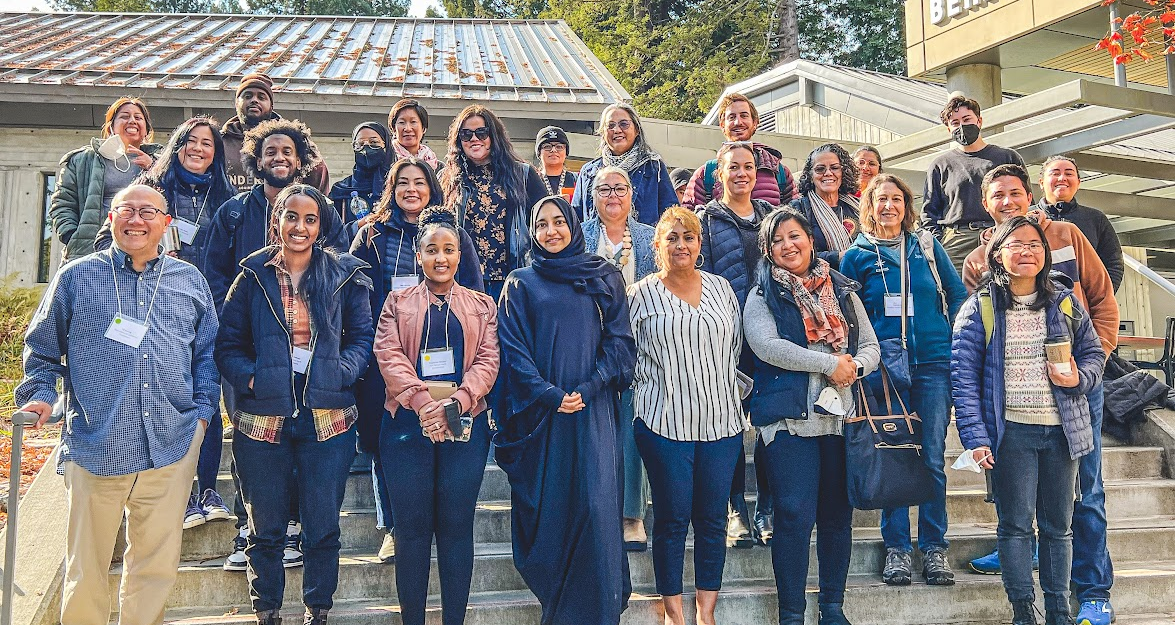Editor's note: This article belongs to our Impact Stories series in which scholars, activists, artists, policymakers, and everyday people share their experiences putting OBI's research and principles into action in their communities.
--

In 2022, the Safety Through Connection team at Prevention Institute led a design process with our Learning Community partners. After three years of building capacity for culturally-rooted strategies to promote safe communities and prevent domestic violence, two of which fell squarely during the height of the pandemic, it was time to reflect and evolve our collective work. We wanted to revitalize and strengthen our network, welcome new staff and partners, and prepare to expand and invite new collaboratives in 2023. As we leaned into our core value of cocreation, we returned to this quote by john a. powell many times:
“Belonging suggests when you join something, you have the power and standing to participate in the cocreation of the thing you’re joining.”
We also revisited this Othering and Belonging Institute graphic, reminding ourselves that belonging and cocreation require us to be willing to shapeshift as a Learning Community, literally.
Safety Through Connection is a California program supporting community-driven culture and systems change for health equity, intersectional racial, gender, and economic justice, and domestic violence prevention. Since 2018, with support from Blue Shield of California Foundation, three collaboratives and supporting partners have engaged in complex, layered, emergent work to uproot the systemic causes of domestic violence and nurture the conditions for people to thrive in safe and equitable relationships and communities. During the first three years, the collaboratives expressed gratitude for our collective commitment to listening, learning, trust, and reciprocity, which supported experimentation, fabulous flops, and the launch of new community efforts.
In 2022, we asked ourselves, how can our collaboratives build on their successes, and how can we, as a Learning Community, grow. We completed the design process in June and gathered in person in October for the first time in three years to connect, laugh, share music, celebrate, and support each other in finding solutions to challenges. Belonging and trust, cocreation and openness to emergence and shapeshifting were abundant at the convening.
As a result of leaning into belonging and trust, we vulnerably and courageously navigated painful and delicate discussions, even though many of us were meeting for the first time. For example, Mohamed Musse, Youth Coordinator and Project Leader with United Women of East Africa (UWEAST) and the East African Youth Collaborative shared about how they provide an encouraging space in San Diego for young East African immigrants and refugees to excel in their education and economic pursuits while providing a safe space for support, healing, and practical resources to address mental health struggles, substance misuse, and violence.
As a result of leaning into cocreation and shapeshifting, we modified our convening agreements to include a commitment to embrace our feelings and not apologize for tears. We generated a list of ideas and possible actions for 2023 and beyond. Learning Community members challenged us to do better to support decolonization and Land Back efforts, address the epidemic of missing and murdered Indigenous women, break down barriers that immigrant women without documentation face, and grow from a Learning Community into a Learning and Action Community capable of acting with collective power.





